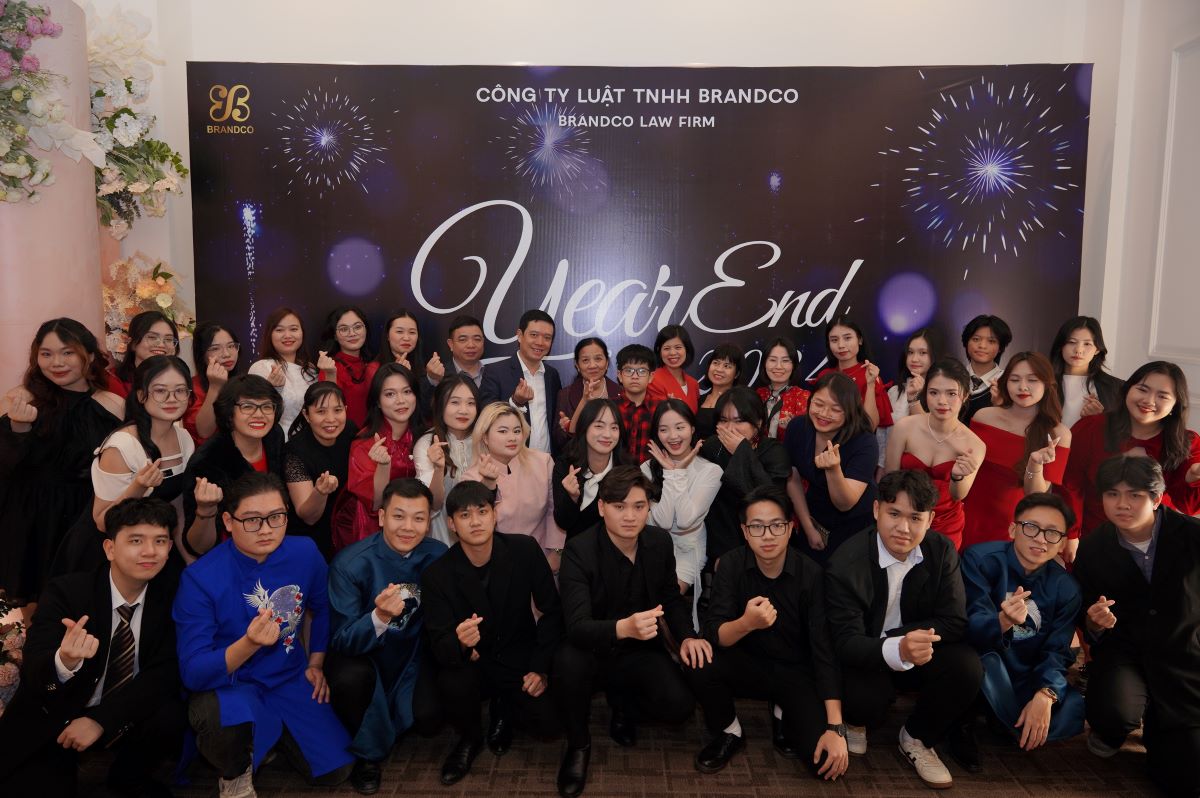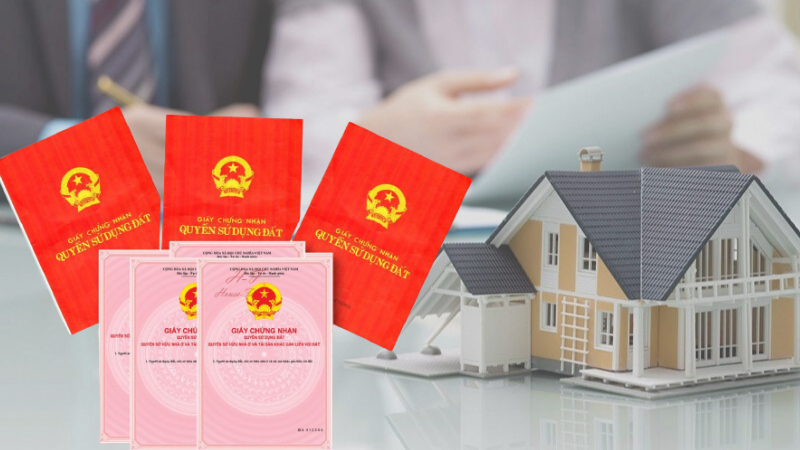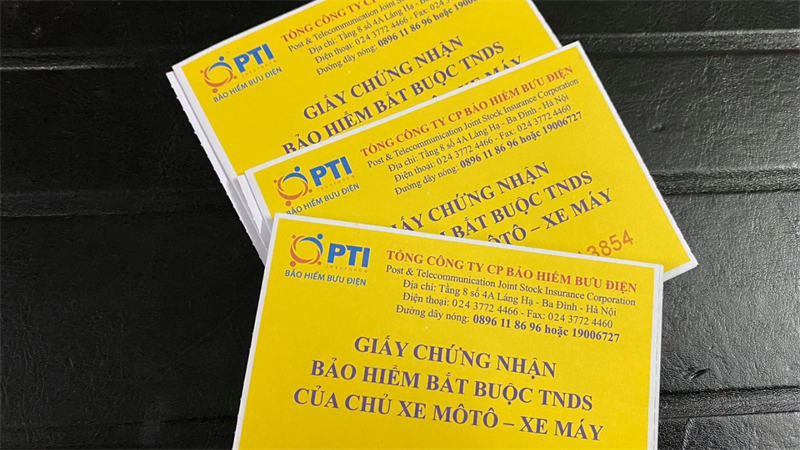Regulations on surface rights in Vietnamese civil law
I. Legal Documents
- The 2015 Civil Code;
- Other relevant legal documents.
II. Analysis of Vietnamese Civil Law Regulations on Surface Rights
Currently, urbanization and population growth are leading to an increasing demand for land use for various purposes, while land resources are not unlimited. Therefore, land exploitation not only stops at the ground level but also extends to the spaces above the ground and underground. The right to these spaces is called the surface right, which is currently only recognized in the 2015 Civil Code. Although there are certain differences in surface rights in Vietnamese law compared to the laws of some countries around the world that recognize surface rights, in general, the provisions from Article 267 to Article 273 of the 2015 Civil Code have shown the nature and characteristics of this right.
1. Definition of Surface Rights
According to Article 267, surface right is "the right of a subject to the surface, water surface, space above the surface, water surface and underground that the land use right belongs to another subject."
This is a new right that appears in the 2015 Civil Code, the previous Civil Codes in 1995 and 2005 did not provide for this right. However, in the legal systems of many countries around the world, surface rights are not a new right. The term "Surface Rights" (Superficies) originated from ancient Roman Law BC. According to the understanding of Roman Law, surface right is "the right to use the surface of the land to create assets attached to the land and a person may have surface rights by agreement with the land owner allowing the construction of works on it, by doing so, that person acquires surface rights." Today, the understanding of surface rights in the laws of countries around the world has a wider scope, due to the expansion in the purpose of land use of the person with surface rights. This is not only to create works, but also to create any type of property attached to the land. Moreover, surface rights have been extended to the space within the ground. This is also the understanding that is incorporated into Vietnamese law on surface rights.
2. Content of Surface Rights
The content of surface rights is stipulated in Article 271 of the 2015 Civil Code as follows:
"1. The surface rights holder has the right to exploit and use the surface, water surface, space above the surface, water surface and underground belonging to the land use right of another person to construct works, plant trees, cultivate but must not be contrary to the provisions of the 2015 Civil Code, land law, construction law, planning law, natural resources and minerals law and other relevant laws.
2. The surface rights holder has ownership rights to the assets created as prescribed in Clause 1 of this Article.
3. In case the surface right is transferred partially or wholly, the transferee shall inherit the surface right under the conditions and within the scope corresponding to the transferred surface right portion."
In essence, surface rights are classified as a limited property right derived from ownership of land use rights. It can be understood that surface rights are one of the rights to another person's property but have a narrower scope of impact than the right of enjoyment. The object of impact of the surface right is the right to use associated with a specific land plot or real estate. The person with surface rights can act on the property (surface of the real estate) of another owner like an owner but does not have full powers of an owner over this property. In other words, the owner of the surface use right of the real estate has limited his/her powers to allow others to exploit, use his/her property, or benefit from his/her property.
For example: A signs a land lease contract with B. In fact, although A is the one using the land legally, A is not recognized by the Land Law as a "land user" but it is B, the person named on the Certificate of Land Use Rights. Therefore, A can only lease to use land, build, exploit, mortgage assets on the land created by A but cannot enter into other contracts such as transferring, donating, leaving inheritance of land use rights because these rights belong to B.
3. Other Characteristics of Surface Rights
3.1. Basis for Establishment
According to Article 268 of the 2015 Civil Code, surface rights are established in accordance with the provisions of law, by agreement or by will. Current civil law respects the agreement, so in addition to being stipulated in the law, surface rights can be established based on the agreement of competent parties such as the land use right holder, the property owner, etc. In addition, surface rights are also established based on the content of the will. However, not everyone can make a will expressing their wishes regarding surface rights, but only those who own surface rights and assets that are legally created as prescribed in Clause 2, Article 271 of the 2015 Civil Code.
3.2. Effectiveness
Article 269 of the 2015 Civil Code stipulates:
"The surface right shall take effect from the time the land use right holder transfers the surface, water surface, space above the surface, water surface and underground to the surface right holder, unless otherwise agreed or otherwise provided by relevant laws.
The surface right shall be effective against all individuals and legal entities, unless otherwise provided by relevant laws.”
Thus, the time when the land use right holder transfers the surface, water surface, space above the surface, water surface and underground to the surface right holder is determined as the time of effectiveness of the surface right. In other words, from the time the land use right holder transfers the above-mentioned assets, the surface right holder has the right to exploit the use, enjoy the fruits, profits and other rights to that property. However, if relevant laws provide otherwise or the parties have other agreements, the surface right shall be established at the time specified by law or the time agreed upon by the parties, regardless of the time of asset transfer.
3.3. Term
The term of the surface right is determined in accordance with Article 270 of the 2015 Civil Code. Accordingly, "the term of the surface right shall be determined in accordance with the provisions of law, agreement or will but shall not exceed the term of the land use right. In other words, depending on the basis of establishment, the surface right shall have different terms. However, since the surface right is only a derivative right of the ownership right to the land use right, the term of the surface right cannot exceed the term of the land use right.
For example: according to the Certificate of Land Use Rights granted to Mr. A, the land plot has a term of use of 50 years. Thus, the surface right of the entitled parties to that land plot shall also have a maximum term of 50 years.
In addition, in case the agreement or will does not specify the term of the surface right, each party has the right to terminate this right at any time but must notify the other party in writing at least 06 months in advance.
3.4. Cases of Termination of Surface Rights
The surface right may be terminated in one of the cases stipulated in Article 272 of the 2015 Civil Code, including:
"1. The term of enjoying the surface right has expired.
2. The surface right holder and the land use right holder are the same person.
3. The surface right holder waives his/her right.
4. The land use right with the surface right is revoked in accordance with the provisions of the Land Law.
5. As agreed by the parties or as provided by law."
Similar to the right of enjoyment, since the surface right is a right established on property owned by another subject, this right is only valid for a limited period of time. After this period, the surface right holder will terminate the right to exploit his/her surface. In addition, the surface right may also be terminated prematurely at the will of the surface right holder and the land use right holder, such as when the surface right holder no longer needs to exploit the surface and waives the right or the surface right holder and the owner agree to terminate the surface right, or the surface right cannot be exploited when the land use right is revoked in accordance with the provisions of the Land Law.
In fact, the land user may transfer all of his/her rights to the surface right holder by will or by contract. From these grounds, both the land use right and the surface right belong to one subject. Therefore, the surface right is also naturally terminated.
3.5. Handling Assets Upon Termination of Surface Rights
Article 273 of the 2015 Civil Code stipulates:
"1. When the surface right terminates, the surface right holder must return the surface, water surface, space above the surface, water surface and underground to the land use right holder as agreed or as provided by law.
2. The surface right holder must handle his/her owned assets before the surface right terminates, unless otherwise agreed.
In case the surface right holder does not handle the assets before the surface right terminates, the ownership of those assets shall belong to the land use right holder from the time the surface right terminates, unless the land use right holder does not accept those assets.
In case the land use right holder does not accept the assets and has to handle the assets, the surface right holder must pay the asset handling costs.”
Thus, the regulation on asset handling here does not emphasize the issue of asset determination. Because after the surface right terminates and the surface right holder refuses his/her right, it can be understood as dismantling and moving the assets to return the ground to the land use right holder, then this property right has automatically transferred to the land use right holder. That subject at this time has the right to receive the assets or refuse. In case the land use right holder does not receive the assets and wants to handle and dismantle those assets to regain the ground, all handling and dismantling costs will be the responsibility of the surface right holder to pay. If there is no other agreement on this issue and the surface right holder refuses to pay, the land use right holder may file a civil lawsuit to request reimbursement for this cost.
III. Conclusion
The recognition of surface rights by the 2015 Civil Code is an important milestone in completing the economic institution and promoting civil exchange, thereby forming a broad legal corridor, ensuring that real estate is maximized in value, creating a solid foundation for other relationships to form in order to optimize all resources, motivation and promote economic development.
Author: Legal Service Department - Brandco Law Firm













